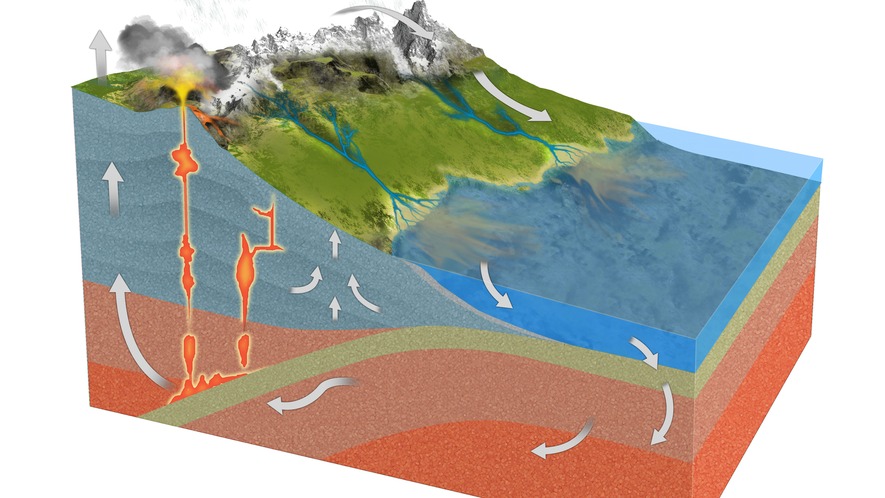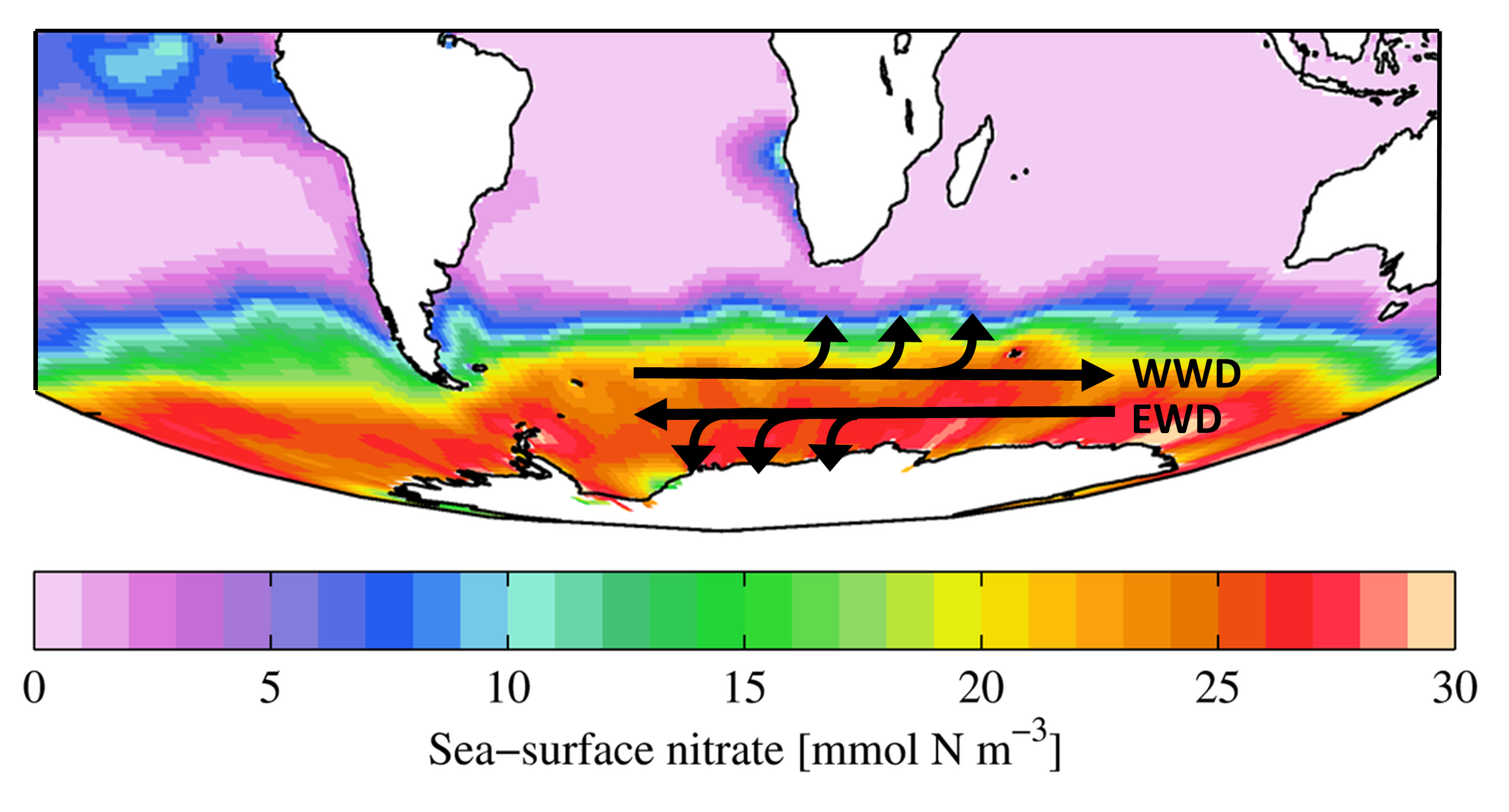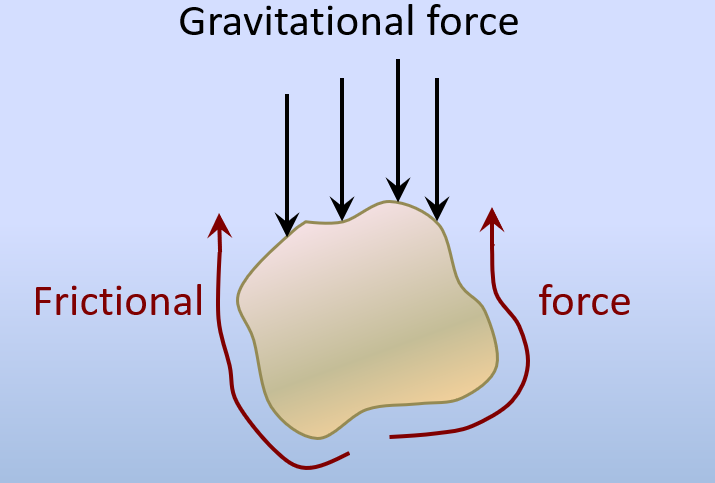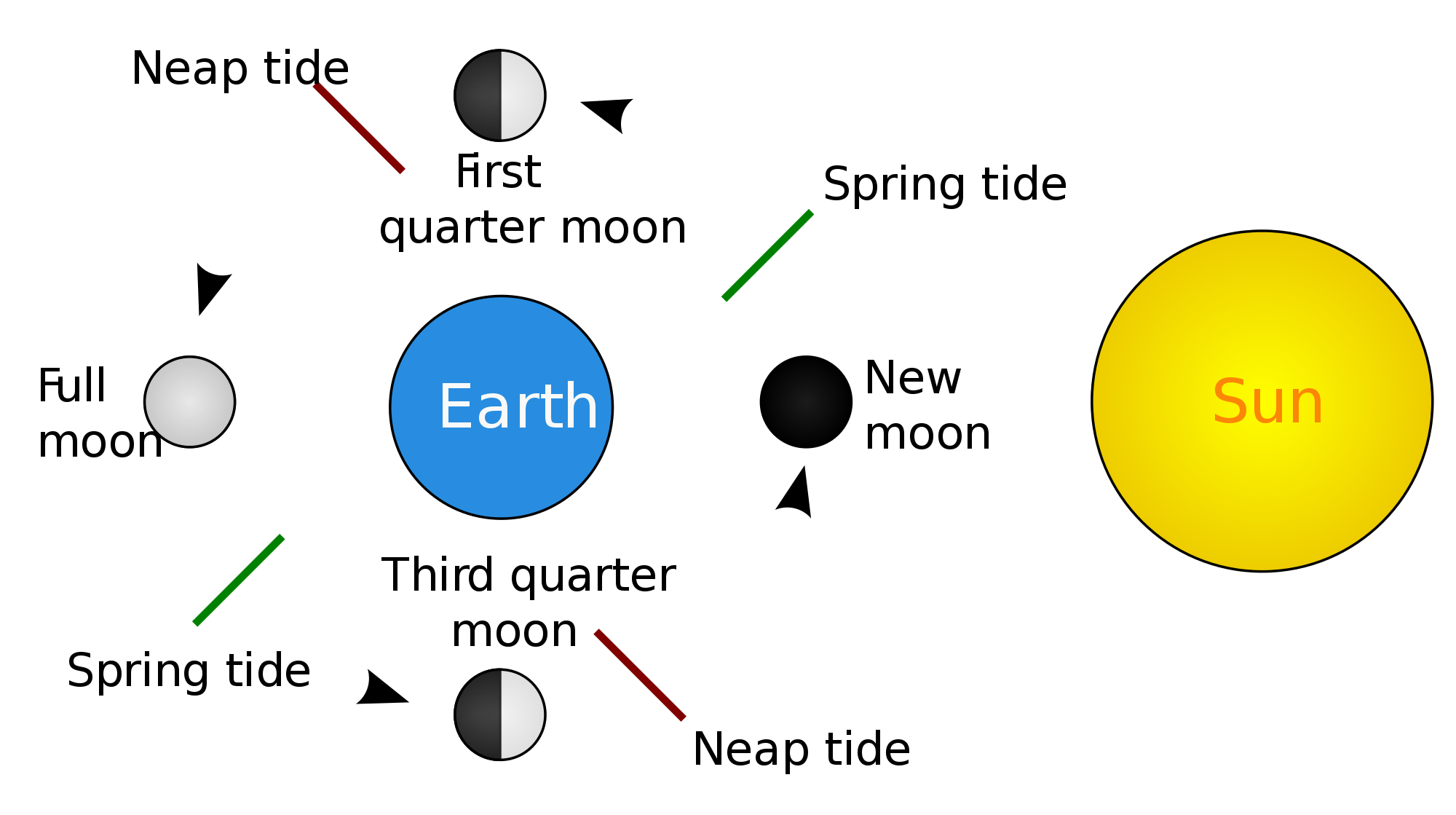The Sediment Layer On The Ocean Floor Quizlet

They can carry coarse grain sized sediments to and across the deep ocean floor adjacent to the continental shelves.
The sediment layer on the ocean floor quizlet. And commonly an external shell called a test of diverse forms and materials tests of chitin found in some simple genera. The carbonate layer may be prevented from chemically interacting with the sea water by overlying sediments such as a layer of siliceous ooze or abyssal clay deposited on top of the carbonate layer. Because large particles settle faster turbidity currents leave layers of sediment called turbidite layers. Foraminifera f ə ˌ r æ m ə ˈ n ɪ f ə r ə.
The ocean basin floor is everywhere covered by sediments of different types and origins. Learn vocabulary terms and more with flashcards games and other study tools. Abyssal clay on deep sea floor. As the sea floor spreads thermal subsidence of the plate which has the effect of increasing depth may bring the carbonate layer below the ccd.
The only exception are the crests of the spreading centres where new ocean floor has not existed long enough to accumulate a sediment cover. Latin for hole bearers. Mircofossils biogenous sediments from the period after the dinosaurs. Informally called forams are single celled organisms members of a phylum or class of amoeboid protists characterized by streaming granular ectoplasm for catching food and other uses.
The sediment cover in the pacific basin ranges from 300 to 600 metres. Pelagic sediment is composed of clay particles and microskeletons of marine organisms that settle slowly to the ocean floor. Neritic sediment is mostly. Some of these organic sediments are called calcareous or siliceous oozes because they are so thick and gooey.
Sediments in the deep sea fine grained collect slowly on sea floor. Neritic sediments are sorted. Start studying geology chapter 10 ocean floor. Sediment thickness in the oceans averages about 450 metres 1 500 feet.









































